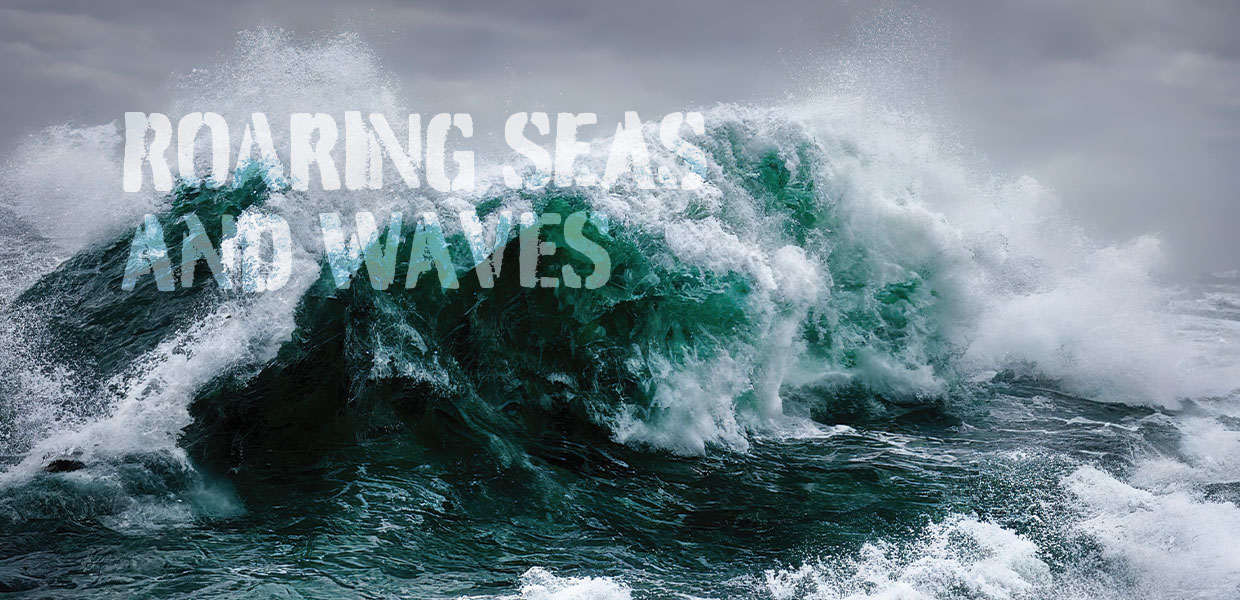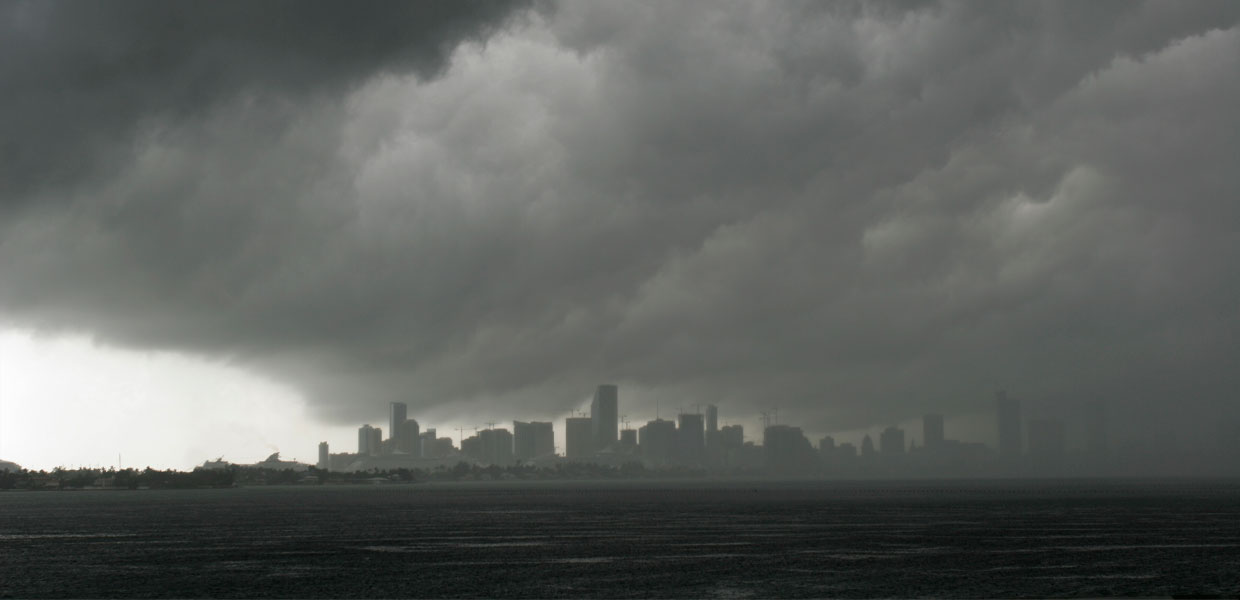
While many people were asleep during the early morning hours of August 24, 1992, I was wide awake. I was living in Miami, Florida, at the time, and from all corners of the house came the sound of demonic winds hideously howling at a roaring pitch. Wind-borne debris smashed into my home’s outer walls and metal-shuttered windows, chipping away pieces of roofing tiles and ripping up landscaping. I slept little as Hurricane Andrew crept menacingly across south Florida, leaving a massive path of destruction. I prayed for the safety of my family, church members, and the many people enduring the nightmarish experience. Many homes would be damaged, some demolished. Too many people would lose their lives. Almost everyone’s life would be altered in some fashion by this horrific storm. The aftermath and cleanup would take months, even years, to complete. This was the first of many hurricanes I would encounter as a resident of south Florida.

According to the National Oceanic and Atmospheric Administration (NOAA), we’re presently experiencing what is expected to be an extremely active 2024 hurricane season. Hurricane Beryl, a category five hurricane with maximum winds of 165 mph, reached landfall early in the hurricane season. Because of warmer water temperatures and a shift to “La Niña” conditions, which produce wind and pressure patterns favorable to Atlantic hurricane activity, NOAA predicts above normal hurricane activity for the Atlantic.

Hurricane Beryl is a strong indication of the potential power we may face with future storms during this and future hurricane seasons. Along with the potential devastation caused by a hurricane, other inclement factors such as tornado spinoffs, flooding, hail, storm surges, power outages, food and fuel shortages, loss of shelter, etc., can compound human and animal suffering, which all require a disaster response.

Luke 21:25-27 records an intriguing text that references the fear of turbulent storm activities that will occur alongside other last-day disasters that precede the return of Jesus Christ. This text reminds us of the role of faith in times of crisis. “There will be signs in the sun and moon and stars, and on the Earth distress among nations, in perplexity at the roaring of the sea and the waves, people fainting from fear and the expectation of the things that are coming upon the world; for the powers of the heavens will be shaken. And then they will see the Son of Man coming in a cloud with power and great glory.” We’re still interpreting this text; however, it could refer to climate and weather-related events that could lead to catastrophic outcomes.
According to our understanding of biblical prophecy, these times and events could be just around the corner. We may even consider the idea that we’re experiencing the beginning of such prophetic events in the world today.
How are we to deal with and respond to these times of crisis, especially in disaster preparedness and response? Alongside prayer and maintaining a trusting relationship with God, a major key to surviving disasters is to be prepared and to have a response plan before the storm or disaster happens. Here are several things to consider as you prepare for a hurricane or other disasters.
First, check with your pastor and local Adventist Community Services and Disaster Response (ACS/DR) leader to inquire about local plans for your congregation and community. If able, it would be of great benefit for you and others to ask how you might assist with planning and implementing a disaster response. Understand that no plan is without its challenges. However, having a plan and knowing how it will be implemented is the best way to prepare.
Second, your conference ACS/DR leader continues to monitor possible disasters and work with local church leaders to prepare and implement disaster response plans and schedule training events for the conference. Make plans to attend the invaluable learning opportunities and receive certifications, which some of the training events will provide.
Third, the Southern Union, a regional organization, is ready to assist local conferences in disaster response. We’re working with conference and local leaders to discuss ACS/DR plans and activities, attending and presenting at conference and local church training events, and being actively involved during a disaster response. The Southern Union provides resources, training, and coordination to ensure that local communities are prepared for and can effectively respond to disasters.
Fourth, prioritize time to develop a plan for you, your family, and others dear to you. For guidance on creating an effective hurricane preparedness plan, refer to the “Planning for Hurricanes” sidebar.
The conditions of our world, with its political challenges, social issues, climate concerns, economic imbalances, and pending catastrophes, will worsen before the return of God and His Son Jesus Christ. Scriptures are clear on the presence of such trials ahead. However, until the time of that blessed return, let us, as representatives of Christ, endeavor to be prepared for the various storms that will come our way. Alongside this responsibility, let’s make it our aim to warn and encourage others to prepare for the catastrophic times ahead. Demonstrate to them how and why we, even during times of trouble, continually place our trust in the God Who created Heaven and Earth. God has wonderful plans to recreate Heaven and Earth into a paradise free of disaster when He returns.
is the Adventist Community Services and Disaster Response director for the Southern Union Conference.
Southern Union | September 2024



Comments are closed.